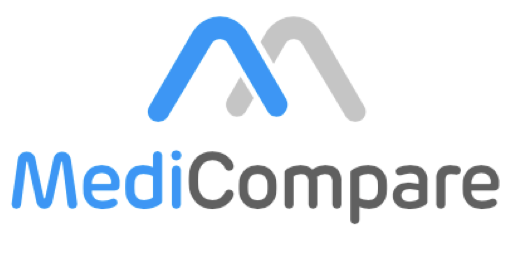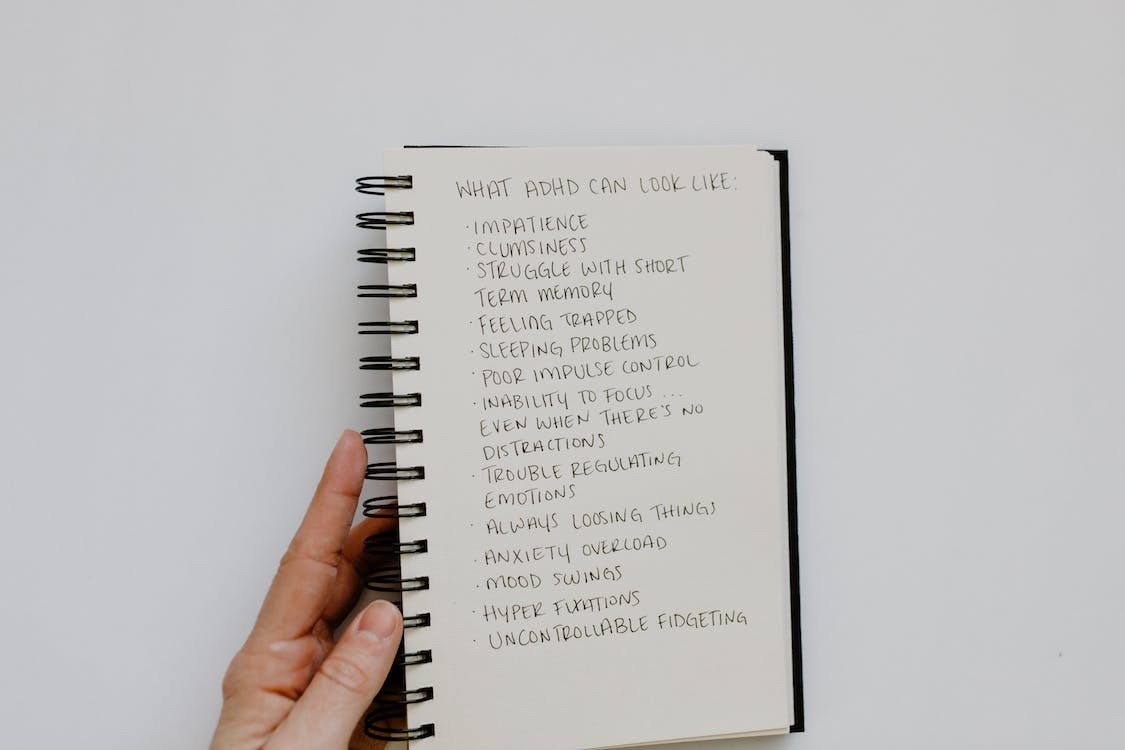See here for adderall alternatives.
ADHD is an abreviation for Attention deficit hyperactivity disorder. ADHD is a group of behavioural problems that include the symptoms of inattentiveness, hyperactivity and impulsiveness.
The symptoms that point towards ADHD are often first noticed at an early age and are usually extremely notable when a child goes through a change like starting school or moving to a new house. The average time to be diagnosed with ADHD is between the ages of 6 and 12 years old.
It is typical that the symptoms of ADHD improve with age, but many adults who are diagnosed with the disorder do see problems even in their adult life caused by it.
Those who suffer with ADHD often have additional problems like sleep disorders, and anxiety related disorders.
For more information about getting help with the treatment for ADHD, feel free to contact us here.
Symptoms of ADHD
The symptoms associated with ADHD can be categorised into two types of behavioural problems. These categories are; inattentiveness, and hyperactivity and impulsiveness.
It is true that most people who suffer from ADHD have problems that are associated with both of these categories, however it is not always the case that this be true.
These are the symptoms of ADHD by category (below), some people can have a few from each or only identify themselves with one of the categories, or have all of the symptoms from both categories.
Inattentiveness
The typical signs of inattentiveness are as follows:
- Having a short attention span
- Being very easily distracted by a lot of different things
- Making careless mistakes – an example of this is in school work
- Losing thins regularly
- Appearing forgetful
- Appearing unable to complete or stick to any task that may be considered tedious or time consuming, for example – washing dishes
- Coming across as if they are unable or unwilling to listen or carry out simple instructions
- Constantly changing the task or activity at hand, or desiring too if it be out of their control
- Having difficulty with organisation and organising tasks
Hyperactivity and Impulsiveness
The signs that are considered symptoms of hyperactivity and impulsiveness are:
- The feeling of being able to be still or sit still, this feeling is usually common in calm or quiet surroundings
- Fidgeting constantly
- Being generally unable to concentrate on tasks
- Excessive talking and noise making
- Excessive movement that is usually constant
- Being unwilling to wait their turn, for example -in a game with other children
- Acting on impulses without thinking things through
- Frequently interrupting conversations without realising why that may be wrong of them
- Little or no sense of danger
These symptoms listed above can have a serious impact on a child or teens life, such as underachievement in academia, poor social interaction with other children and especially with adults, and general problems surrounding discipline.
Symptoms of ADHD in Adults
Medical specialists have suggested that the symptoms of ADHD that may begin or carry over into adult life for adults are:
- Lack of attention to detail
- Carelessness
- Continually starting new tasks before finishing the old ones
- Very poor organisational skills
- Seeing no need to prioritise
- Inability to focus for very long
- Forgetfulness
- Claiming that they are continuously misplacing or losing their things
- Speaking out of turn
- Difficulty with keeping quite in certain situations where it is appropriate to
- Interrupting others often
- Blurting out responses, especially at inappropriate times
- Mood swings, irritability and having a short or quicker temper
- The inability to deal with stress and stressful situations
- Impatience that is more extreme than usual
- Doing things like driving dangerously, for example, as a result of taking too many risks in activity’s – often with no regard or little regard for personal safety or the safety of others.
Treatment
The treatment available of ADHD is used to help relieve the symptoms to improve the person’s life, making the disorder and the problems that come along with it less of a problem in day-to-day life.
ADHD can be treated by medication, therapy or a combination of the two. The combination method is considered the most effective.
Medication
There are five common types of medication that are licensed for the treatment of ADHD in the UK:
- Guanfacine
- Dexamfetamine
- Methylphenidate
- Atomoxetine (only for adults who had symptoms as a child)
- Lisdexamfetamine
While these medications are not, and do not claim to be, a permanent cure, they help relieve the symptoms that may cause a person to be impulsive, never feel calm and so on.
Some medications are to be taken daily, while some can be taken only on school days. Breaks from the treatment occasionally are recommended to access whether the medication is still required.
Therapy
Therapy can be an effective treatment. In addition to helping with the basics of ADHD, therapy can help with treating the problems, such as anxiety, that are caused by ADHD. The therapy is normally to do with behaviour.
Behavioural therapy can also provide support for the carers of children with ADHD as well as the child, and may involve teachers as well as parents. The therapy usually involves behaviour management, which uses a system of encouragement via rewards for the child to try to control their ADHD. You can then implement this at home (as the parent) or at school (as the teacher)
If child suffers from ADHD, therapy can help to identify the types of behaviour that is desired and therefore you would want to encourage. These could include things such as sitting at the table to eat or paying attention to your instructions and being obedient. When the child behaves the way that is asked of them, they should get a reward. If the child does not act as they are asked, a removal of a privilege should occur.
This video below displays an interview with a child without ADHD and a child with ADHD, just from a few visual clues it is clear which one is which. Take a look:

